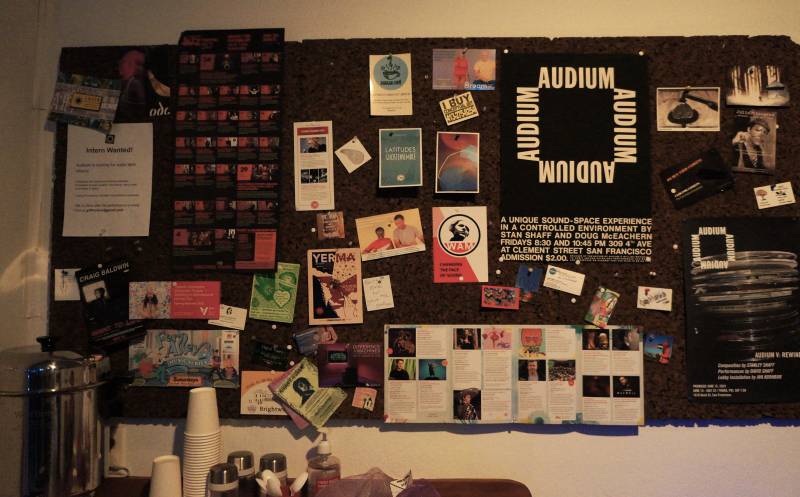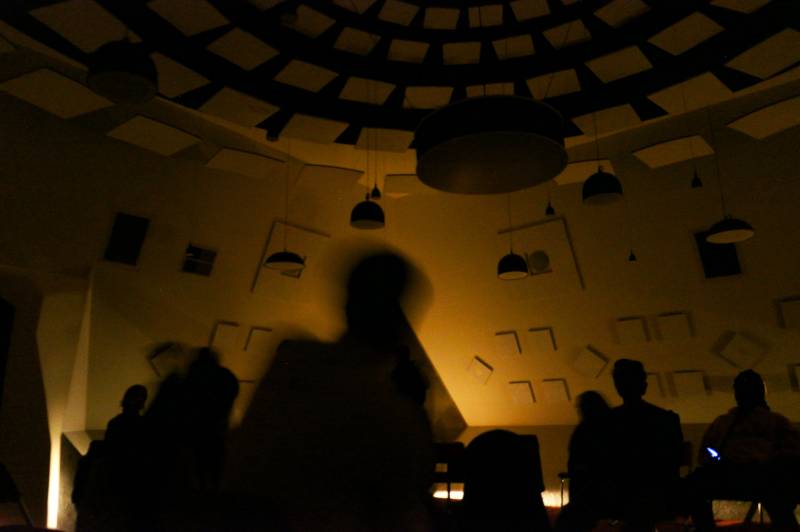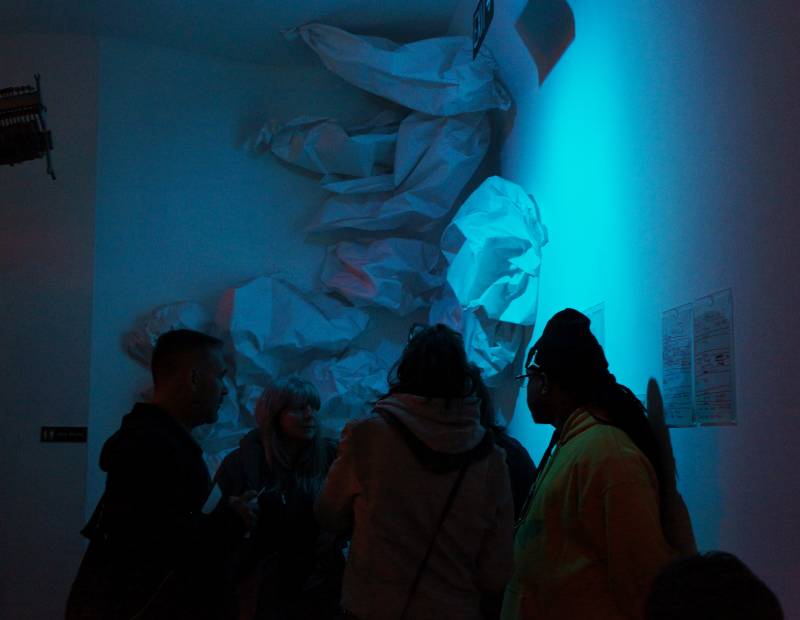When I first learned about the 1960s in elementary school, the peeling textbook pages and grainy documentary footage couldn’t possibly capture the time period’s full, unrestrained creativity. The decade, ripe with social change and revolution, was a booming period of experimentation — where an unfettered desire to rebel against tradition coursed through various rising subcultures. LSD-laced music and sensibilities, maximalistic and unapologetic, grew in popularity. Most of all, the ’60s were loud, as people searched for a new sense of self and way of being.
In the music world, electronic musicians were also exploring in unprecedented ways. With analog equipment like oscillators, tape recorders, filters and fuzz units, composers tinkered with manmade and environmental noise to create immersive and disorienting soundscapes. The momentum of this electronic innovation soon took over the Bay Area, leading to the founding of the Center for Contemporary Music at now-defunct Mills College, the now-defunct San Francisco Tape Music Center, and the still-standing San Francisco institution known as Audium.
First opened in 1967, Audium is an intimate sound theater nestled between Pacific Heights and Nob Hill, where for over a half-century co-founder and musician Stan Shaff performed compositions that bounced up, down and across the dark space for curious crowds.

Today, electronic music composer David Shaff is both continuing and revamping his father’s legacy at Audium. When I call him, he is cleaning his trumpet as he recounts his initial reluctance in being part of the sound theater. “I was always kind of like, ‘No, Audium — that’s Dad’s thing. It’s not me,’” says Shaff. But after noticing a lack of experimental art spaces geared towards immersive, spatial sound work, he saw the importance of keeping Audium alive, both as a place to archive his father’s work and to create a collaborative environment for new musicians to work on experimental sound projects.
From now until July 22, Audium is presenting Shaff’s performances of Audium V: Rewind, a reworking of a composition that his father created in 1969. The first in a new series of the senior Shaff’s digitized classic works, Audium V: Rewind began as a puzzle. Stan Shaff’s basement contains various boxes with old tapes, and when David found one labeled “Audium V,” he set out to organize the tapes and play the mix from start to finish.




